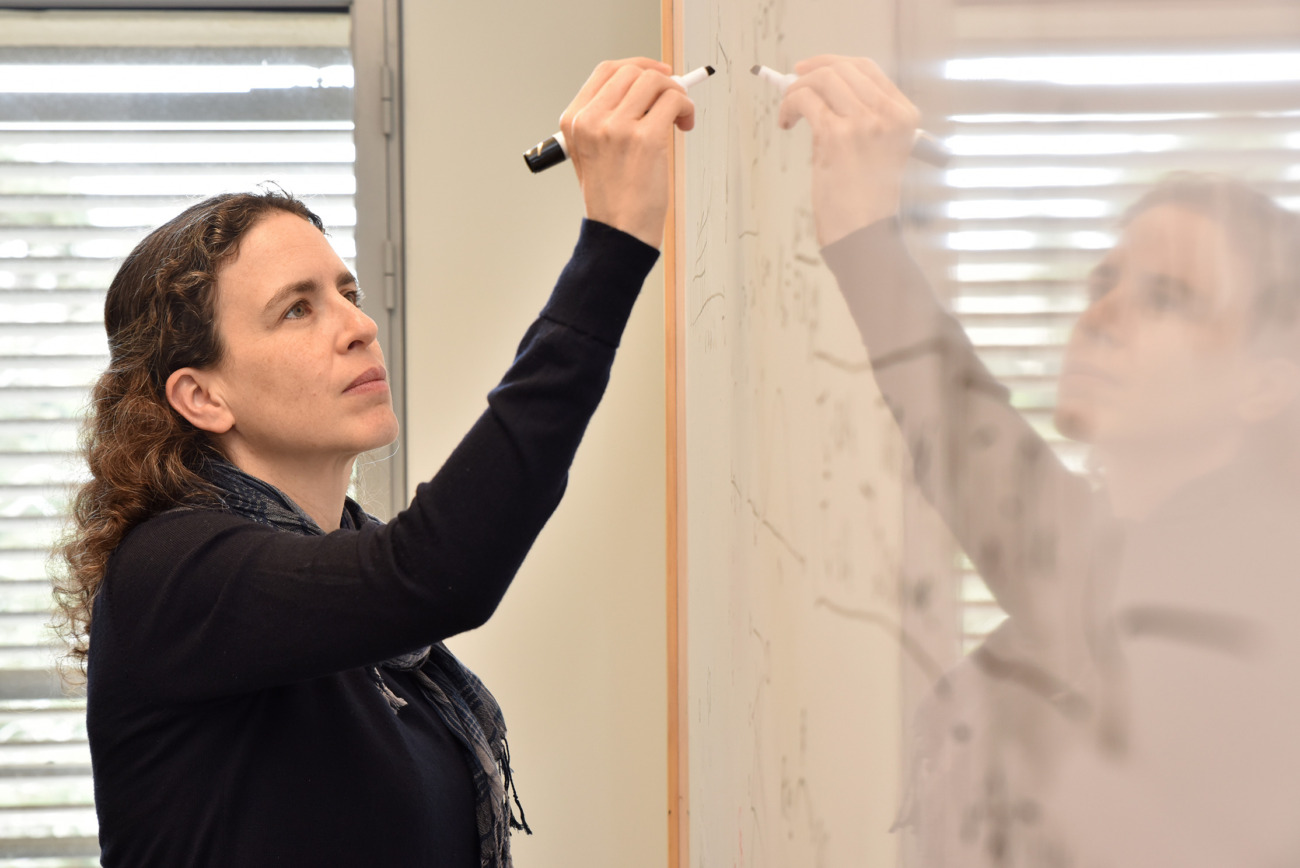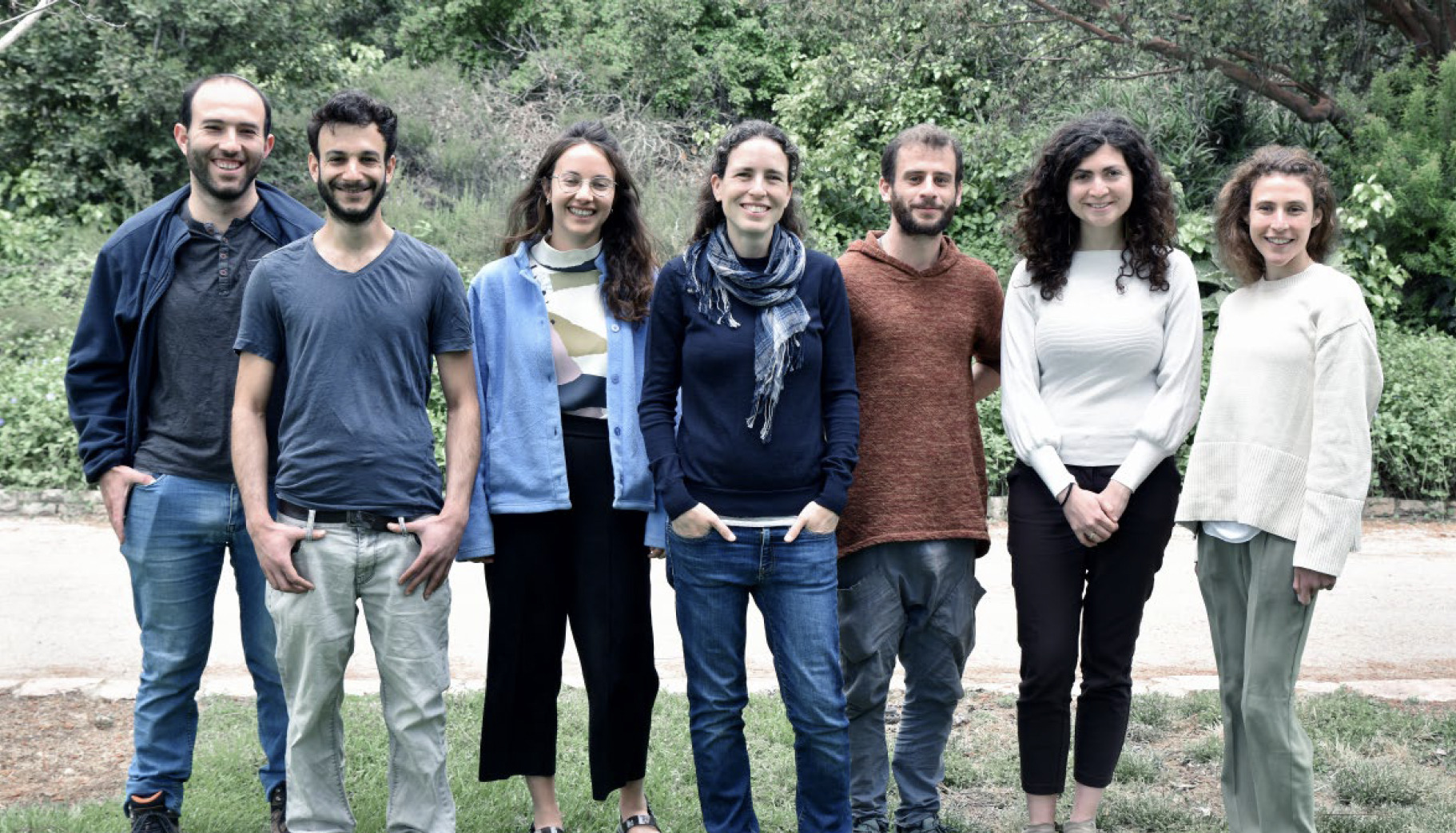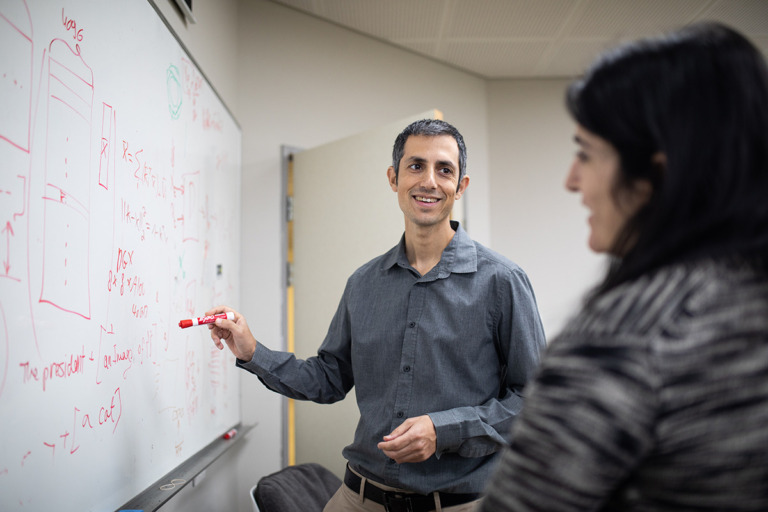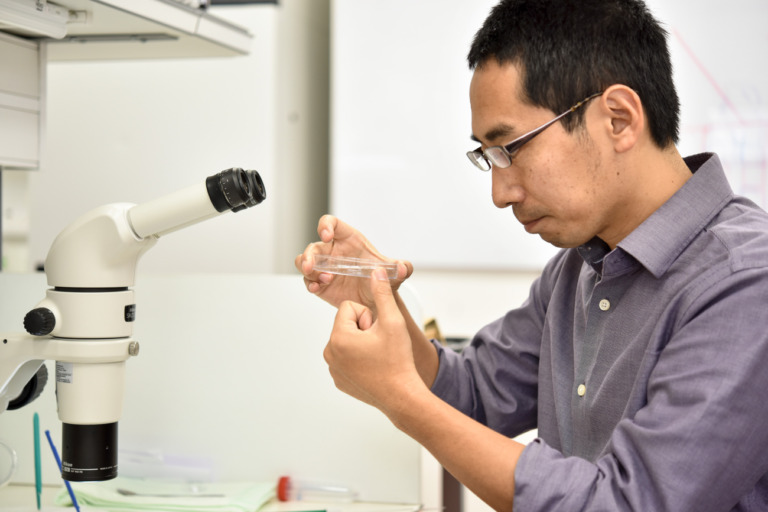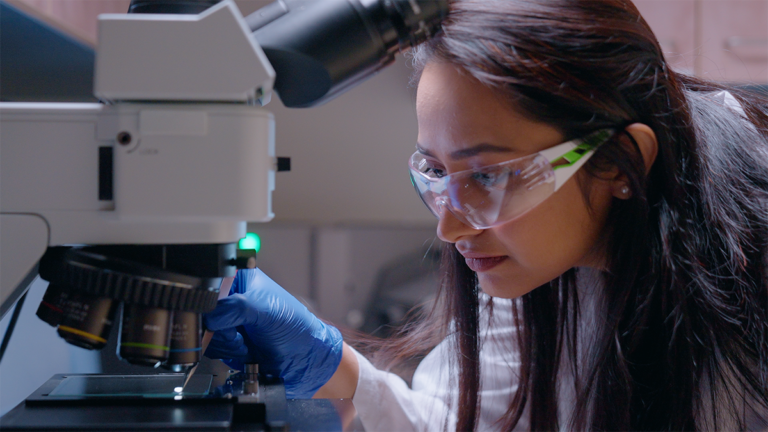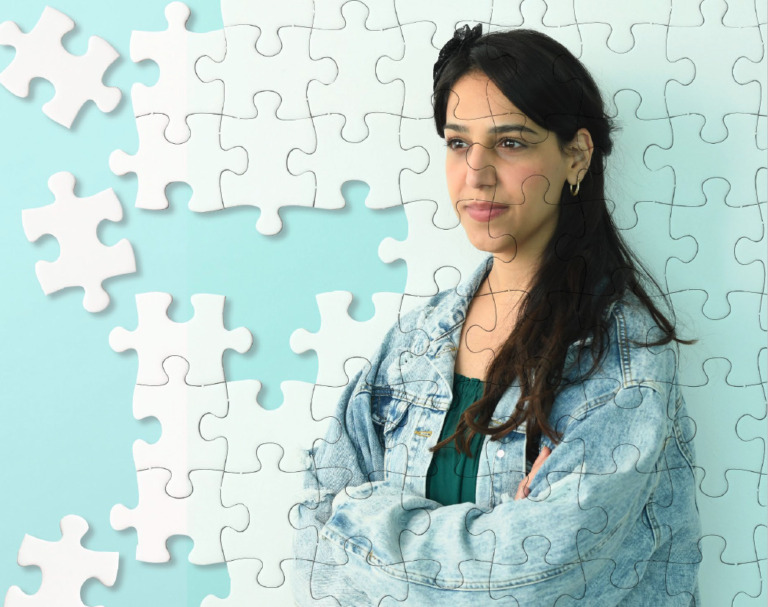Revolutionary advances in experimental biology over the past decade have given researchers the ability to take an in-depth look at individual cells. In many ways, this represents a huge scientific leap forward.
Consider the role of ribonucleic acid, or RNA, a molecule that’s central to the process of converting the genetic information stored in our DNA into proteins, which are the building blocks of our cells and help carry out various functions. When a gene is active, it is transcribed into RNA; because biologists now have the ability to measure the amount and type of RNA molecules present inside a cell, they can determine which genes are active. This is giving research groups around the world access to a rapidly expanding collection of datasets through which they can study the behaviour of individual cells in diverse tissues, organisms and biological contexts, such as health and disease.
To conduct single-cell RNA-sequencing experiments, however, one must first dissociate cells from their tissues of origin. This means you can only measure cells once and can’t follow their dynamics.
“You lose any spatial or temporal context you originally had,” says Mor Nitzan, a researcher in the School of Computer Science and Engineering, Racah Institute of Physics and Faculty of Medicine at the Hebrew University of Jerusalem (HUJI). “You lose all of the information you could have had about how the tissue was organized, which cells were next to one another, how they communicated, even things like what the ‘body plan’ was for an animal in the early stages of development.
“There are a lot of very fundamental questions in biology that require access to these layers of information,” she continues. “In fact, many of the most interesting questions in biology and science in general have to do with spatial and temporal context.”
In other words, while understanding the intimate genomic details of individual biological building blocks is a cornerstone of contemporary research, deciphering the organization and dynamics of cell populations could hold a key to fundamental knowledge and, ultimately, critical medical applications.
Nitzan, an Azrieli Early Career Faculty Fellow, is learning how to computationally recover the layers of data that are lost in experiments. Operating at the interface of computer science, physics and biology, with an injection of abstract mathematics, she uses computational tools, informed by dynamical systems theory and machine learning, to map the arrangement and trajectories of cells. She looks at their interaction patterns and at the division of labour within tissues, as well as the way in which cells encode information and self-organize into complex three-dimensional structures. “My group is tackling some of the core computational challenges in single-cell research,” she says. “We are using this exponentially growing, complex data to ask and answer questions about the collective behaviour of biological systems.”
